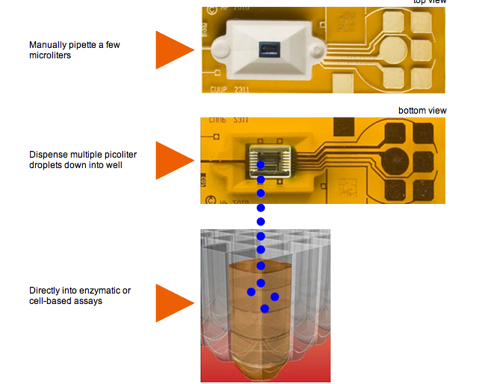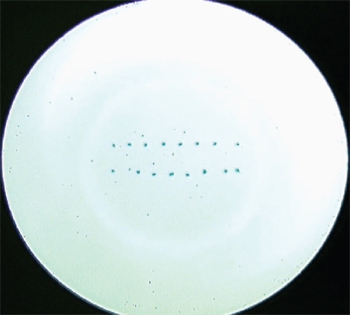HP announces its first non-print inkjet solution for medical research
HP today announced a new direct digital dispensing design for medical research that utilizes inkjet printheads to accurately apportion tiny doses of drugs.
In the fields of medicine and biotechnology, the process of drug discovery is long, costly, difficult, and sometimes wasteful. We often hear it said that each new drug costs about $1.3 billion to develop. HP today said pharmaceutical companies are spending upwards of $16 billion a year in drug discovery research.
"Current methods for drug dosing rely on costly manual or automated processes, which are time consuming, error prone and wasteful," said vice president and general manager of HP's Specialty Printing Systems, Kathy Tobin. "Our inkjet 'scalable printing technology' can precisely and rapidly dispense droplets that have one-third the width of a human hair, offering pharmaceutical companies the high-performance dispensing necessary to streamline critical R&D processes and speed drug discovery research."

HP suggests its inkjet heads can be used in the common laboratory method titration, where one fluid is dissolved in another to find out the concentration of a particular reactant.
The inkjets can dispense compounds drop-by-drop in measurements as small as 20 picoliters with a variation coefficient less than 8%, at a speed of less than 30 seconds per titration.

This is the first time HP is using its brand name and printing technology in a non-print market.
